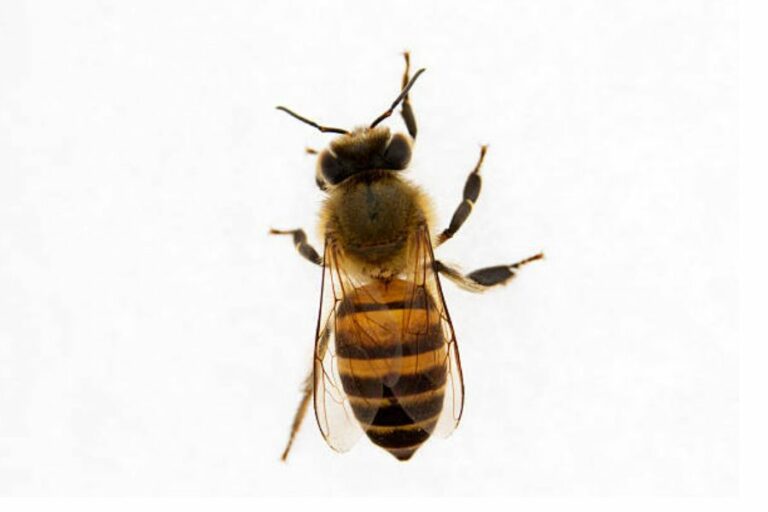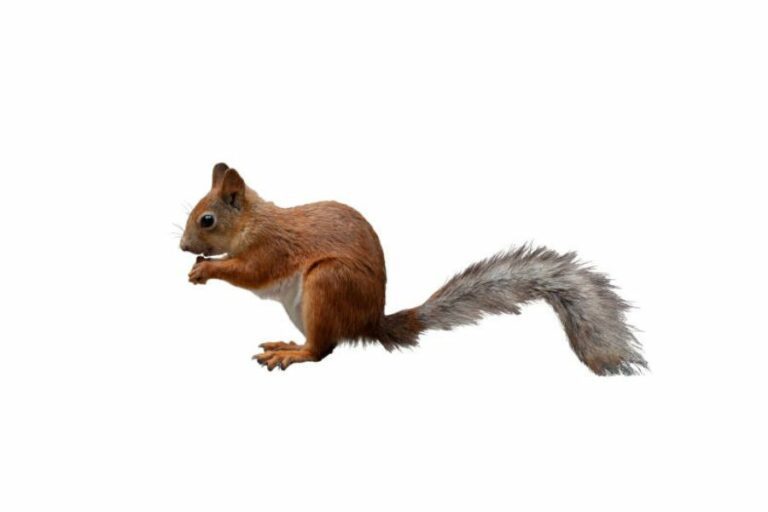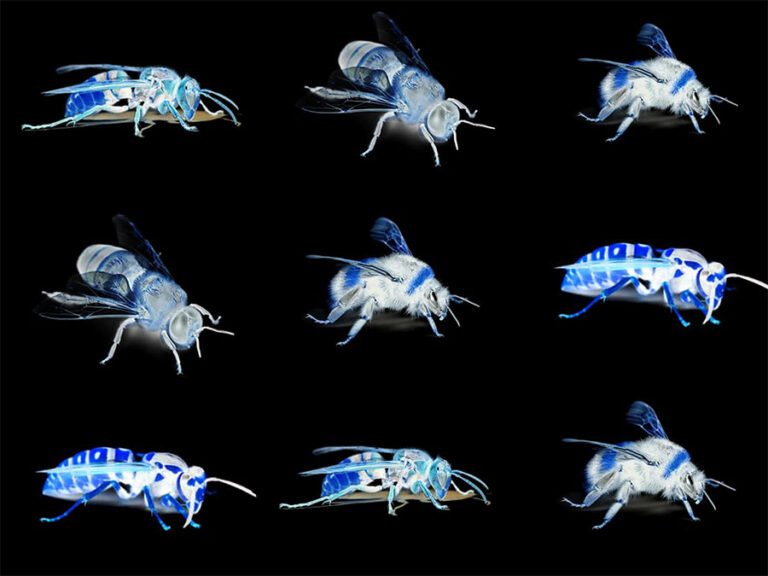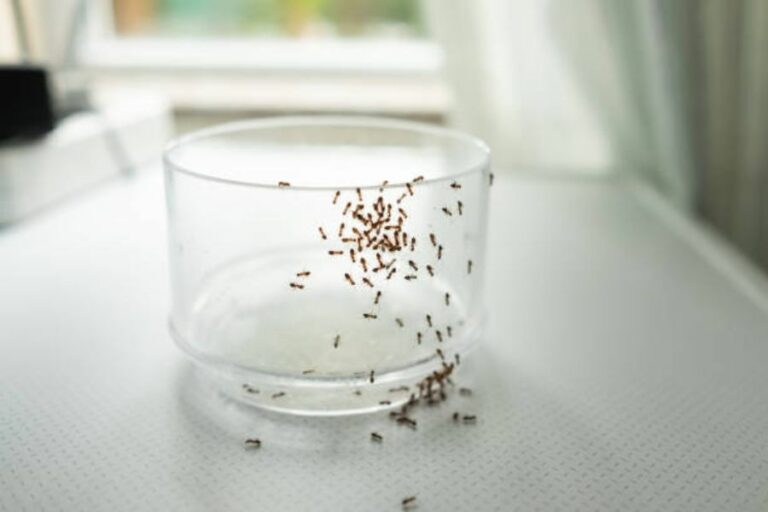Cluster Flies: Your Questions Answered
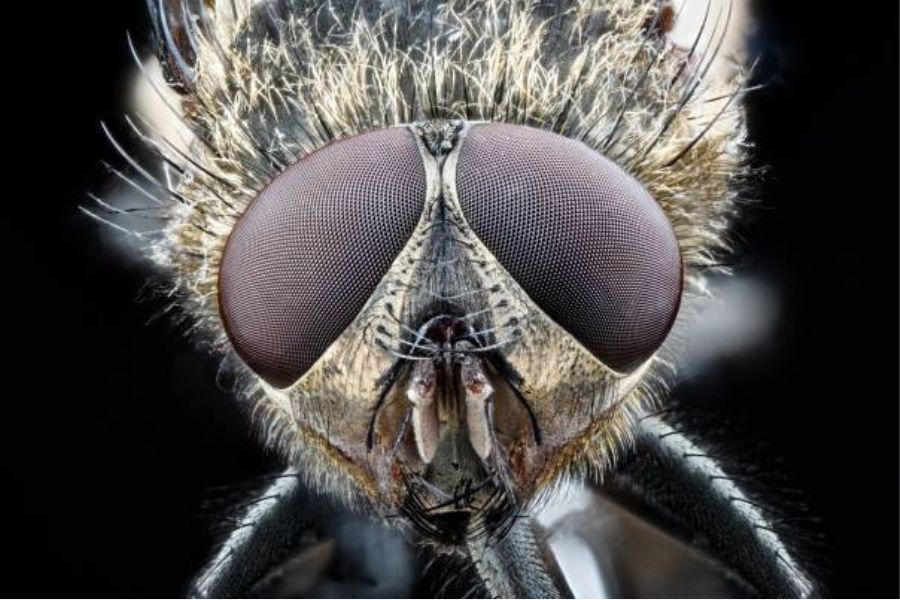
Welcome to our pest control blog, where we delve into the world of cluster flies. If you’ve ever wondered, “What are cluster flies?” or pondered their potential harm, you’ve come to the right place. Cluster flies, scientifically known as Pollenia spp., are a common nuisance insect that often invades homes and buildings seeking shelter. But what exactly attracts these bothersome insects, and where do they come from? In this blog, we will explore the life cycle of cluster flies, their preferred food sources, and the conditions that contribute to their infestations. Join us as we uncover the secrets of these pesky pests and equip you with valuable knowledge on how to deal with them effectively. Let’s start by answering some fundamental questions about cluster flies and shedding light on their intriguing characteristics.
What are cluster flies?
Cluster flies, scientifically known as Pollenia spp., are species often considered nuisance pests. They are named for their habit of clustering together in large numbers, especially during the colder months. Unlike some other fly species, cluster flies are not harmful to humans. They do not bite, sting, or transmit diseases. However, their presence can be a source of annoyance and discomfort.
Is cluster flies harmful?
No, cluster flies are not harmful to humans. They do not pose a direct threat regarding biting, stinging, or transmitting diseases. However, their large numbers and clustering behaviour can be bothersome and may lead to a general feeling of discomfort.
What attracts cluster flies?
Cluster flies are primarily attracted to buildings and structures for shelter and warmth. They seek out protected areas such as attics, wall voids, and gaps in windows or doors. During the cooler seasons, they are particularly drawn to structures that provide suitable overwintering sites. Factors such as sunlight, warmth, and cracks or openings in buildings can contribute to their attraction.
When do cluster flies appear?
Cluster flies typically appear in the late summer or early autumn. As the weather cools down, they seek shelter in buildings to overwinter. The exact timing may vary depending on the geographical location and climate conditions.
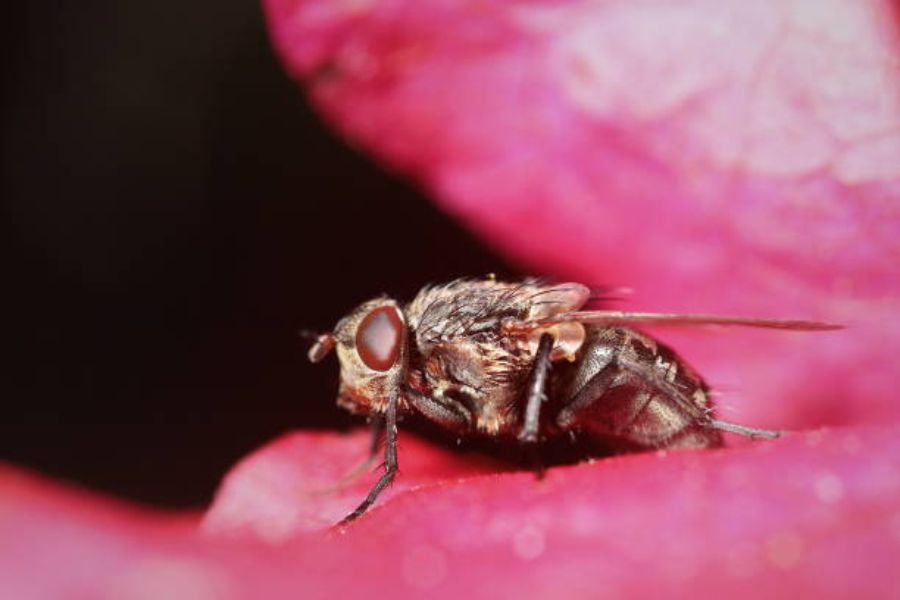
How long do cluster flies live?
The lifespan of cluster flies varies, but on average, they can live for several weeks to a few months. The duration of their life cycle is influenced by factors such as temperature, availability of food sources, and the conditions in which they reside.
What do cluster flies eat?
Cluster flies do not rely on human or animal blood for sustenance like other fly species. Adult flies primarily feed on nectar and other sugary substances from flowers and plants. They are also known to feed on the excretions of other insects. However, cluster fly larvae, which develop in the soil, feed on earthworms.
Where do cluster flies come from?
Cluster flies typically originate from outdoor areas such as fields, meadows, or gardens. During their larval stage, they are parasitic on earthworms, and the larvae develop in the soil. In the late summer or early autumn, as temperatures cool, adult cluster flies start seeking shelter in buildings to overwinter, often entering through cracks, gaps, or open windows and doors.
How do cluster flies reproduce?
Cluster flies reproduce through a process called oviposition. The adult female cluster fly lays eggs in the soil near earthworm burrows, which serve as a food source for the developing larvae. The eggs hatch and the larvae feed on the earthworms. After going through several larval stages, they pupate in the soil before emerging as adult flies.
Do cluster flies lay eggs?
Yes, cluster flies do lay eggs. The adult female cluster fly lays eggs in the soil, specifically near earthworm burrows where the larvae can find a suitable food source. The eggs hatch into larvae, which develop in the ground before transitioning into pupae and eventually emerging as adult cluster flies.
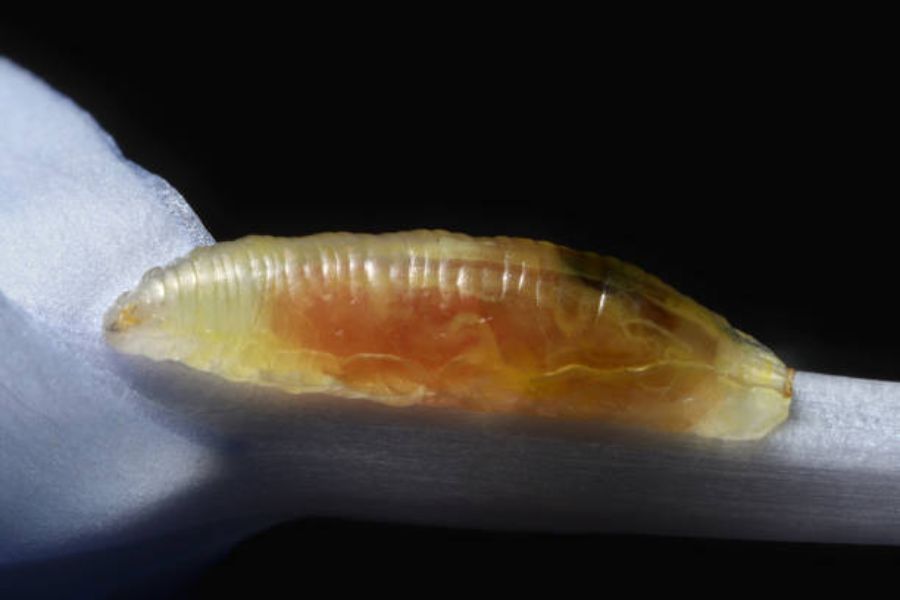
Do cluster flies reproduce rapidly?
Cluster flies do not reproduce rapidly compared to some other fly species. Their life cycle takes several weeks to months, and their reproductive rates are not as high as typical house flies. However, their ability to gather in large numbers, especially when seeking shelter in buildings, can create the impression of a significant infestation.
What is the life cycle of cluster flies?
The life cycle of cluster flies consists of four main stages: egg, larva, pupa, and adult. The process begins when adult female cluster flies lay their eggs in the soil near earthworm burrows. The eggs hatch into larvae, which feed on earthworms in the ground. The larvae go through several developmental stages, moulting as they grow. Once fully developed, the larvae pupate in the soil. After a pupation period, adult cluster flies emerge from the pupae and begin their life as flying insects.
How long does it take for cluster fly eggs to hatch?
The incubation period for cluster fly eggs varies depending on environmental conditions, particularly temperature. Cluster fly eggs take about 3 to 4 days to hatch. Warmer temperatures expedite the hatching process, while colder temperatures may prolong it.
How long do cluster flies typically live?
The lifespan of cluster flies can vary, but on average, they live for several weeks to a few months. The duration of their life cycle depends on factors such as temperature, availability of food sources, and the conditions in which they reside. During the winter, cluster flies may enter a dormant state, extending their lifespan until more favourable conditions arise.
Understanding the life cycle of cluster flies is crucial for effective pest management. By targeting the appropriate stages of their life cycle and implementing control measures accordingly, reducing their populations and minimising their impact on properties is possible.

